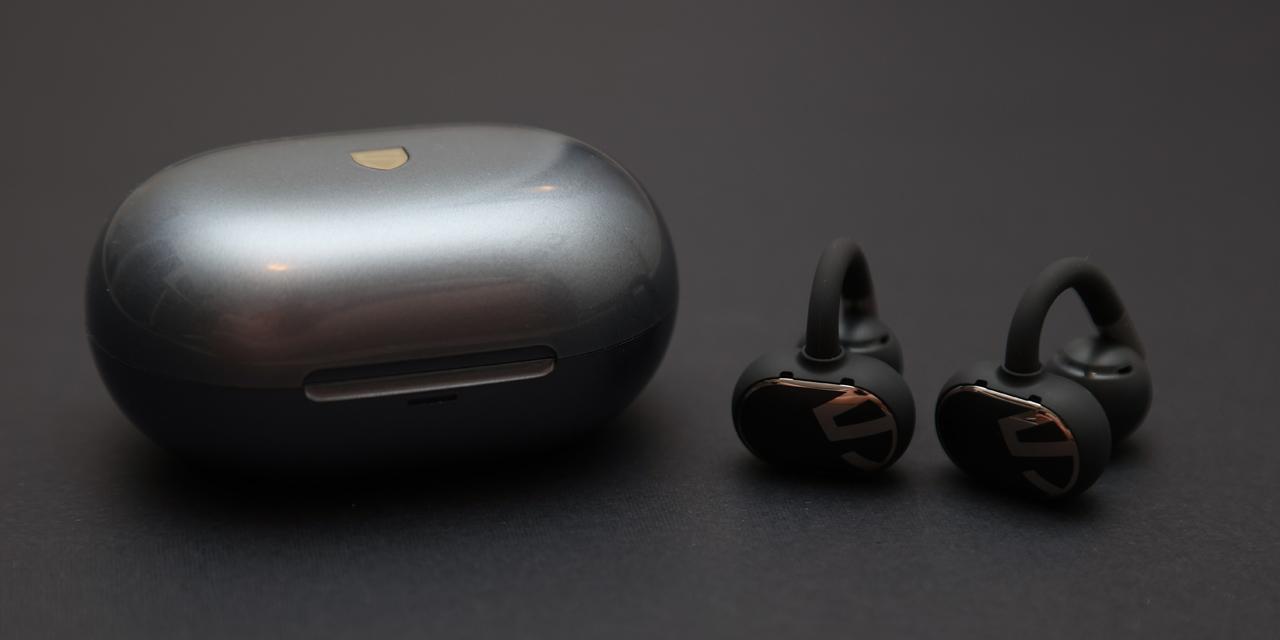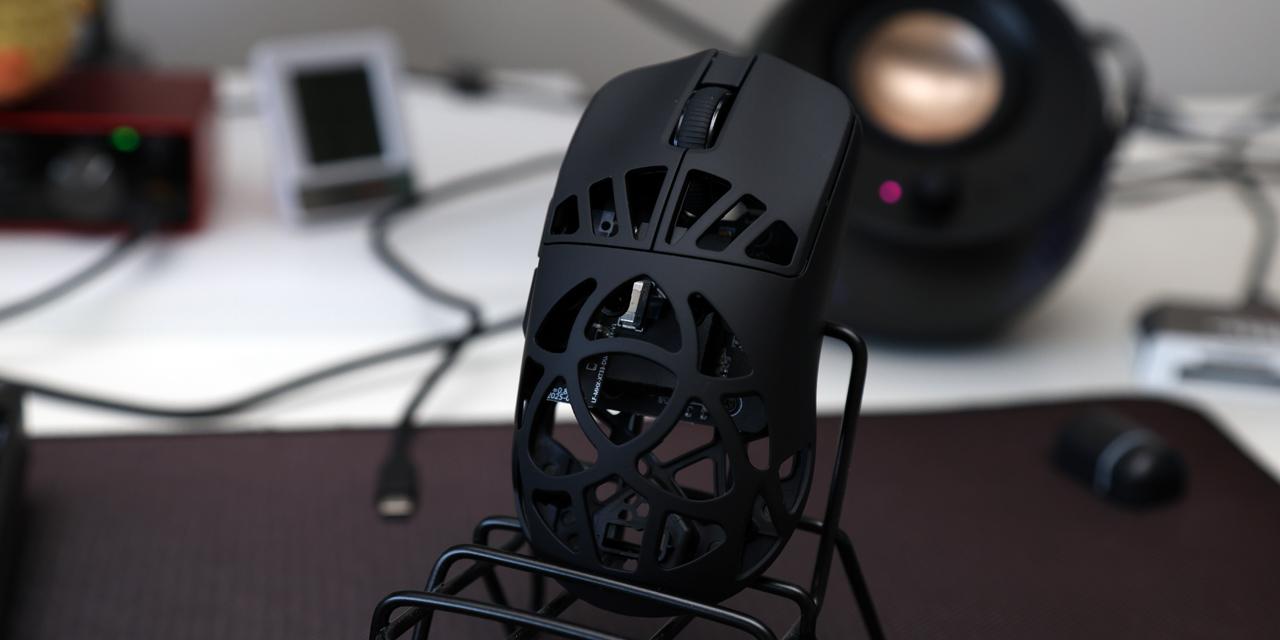|
From CNET News.com: An about-face in Internet Explorer 10 shows Microsoft is not merely backing off from its hostility toward Flash Player, but actually warming up to the Adobe Systems browser plug-in for competitive reasons. In September 2011, Microsoft declared that browser plug-ins are a relic from the Internet's early days, calling them bad for battery life, security, reliability, and privacy, and said that it would ban them when IE10 was running with Windows 8's Metro user interface, now called the "immersive UI." But Microsoft gave Flash a reprieve in May 2012 by building a special version of Adobe's plug-in directly into IE10. It only worked, though, on sites that were specifically authorized through a Microsoft whitelist when browsing with the immersive UI on Windows 8 and on either the immersive or traditional "desktop" interface on Windows RT. Yesterday, Microsoft loosened its Flash policy again, this time enabling Flash by default on both Windows 8 and Windows RT. Now, instead of using a whitelist to enable Flash only where Microsoft permitted it, the company now uses a blacklist to block Flash "in the small number of sites that are still incompatible with the Windows experience for touch or that depend on other plug-ins," said Rob Mauceri, program manager of Microsoft's Internet Explorer group, in a blog post yesterday. (The new policy doesn't change Microsoft's Flash-permissive stance with IE10 in desktop mode on Windows 8, which always has permitted Flash.) View: Article @ Source Site |
Microsoft backs away from Flash ban in IE10
© Since 2005 APH Networks Inc. All trademarks mentioned are the property of their respective owners.





